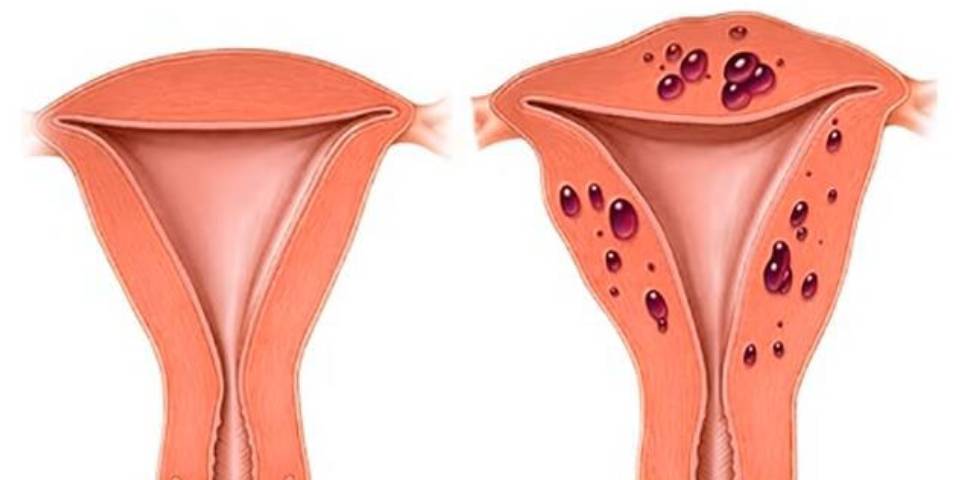Dr. Asmita Dongare advised treatment may vary depending on how near you are to menopause, as adenomyosis frequently disappears after that time in life. The following are possible adenomyosis treatments:
- Medicines that reduce inflammation: Asmita Dongare is Infertility Treatment in Baner Pune and she may suggest anti-inflammatory drugs such as ibuprofen to manage the discomfort. You can lessen menstrual blood flow and lessen pain by starting an anti-inflammatory medication one to two days before the start of your period and taking it throughout your period.
- Hormone therapy: Signs such as heavy or painful periods can be controlled with hormonal treatments such as a levonorgestrel-releasing IUD (which is inserted into the uterus), aromatase inhibitors, and GnRH analogs.
- Hysterectomy: If your discomfort is severe and no other treatments have worked, your Gynecologist can suggest surgically removing your uterus. Without removing your ovaries, adenomyosis can be treated.
Don’t let Adenomyosis signs control your life. Trust Dr. Asmita Dongare at Cloverleaf Specialty Clinic Wakad, for expert Adenomyosis Treatment in Wakad. Early detection, timely treatment, and a supportive gynecologist can significantly improve a patient’s quality of life. Dr. Asmita Dongare is the Best Gynecologist in Hinjewadi and she is giving the best adenomyosis treatment option in Wakad and near area. we are committed to guiding you through every step of your health journey.
Call 9560506620 and Book your appointment today to receive the best-personalized consultation in Pune.
